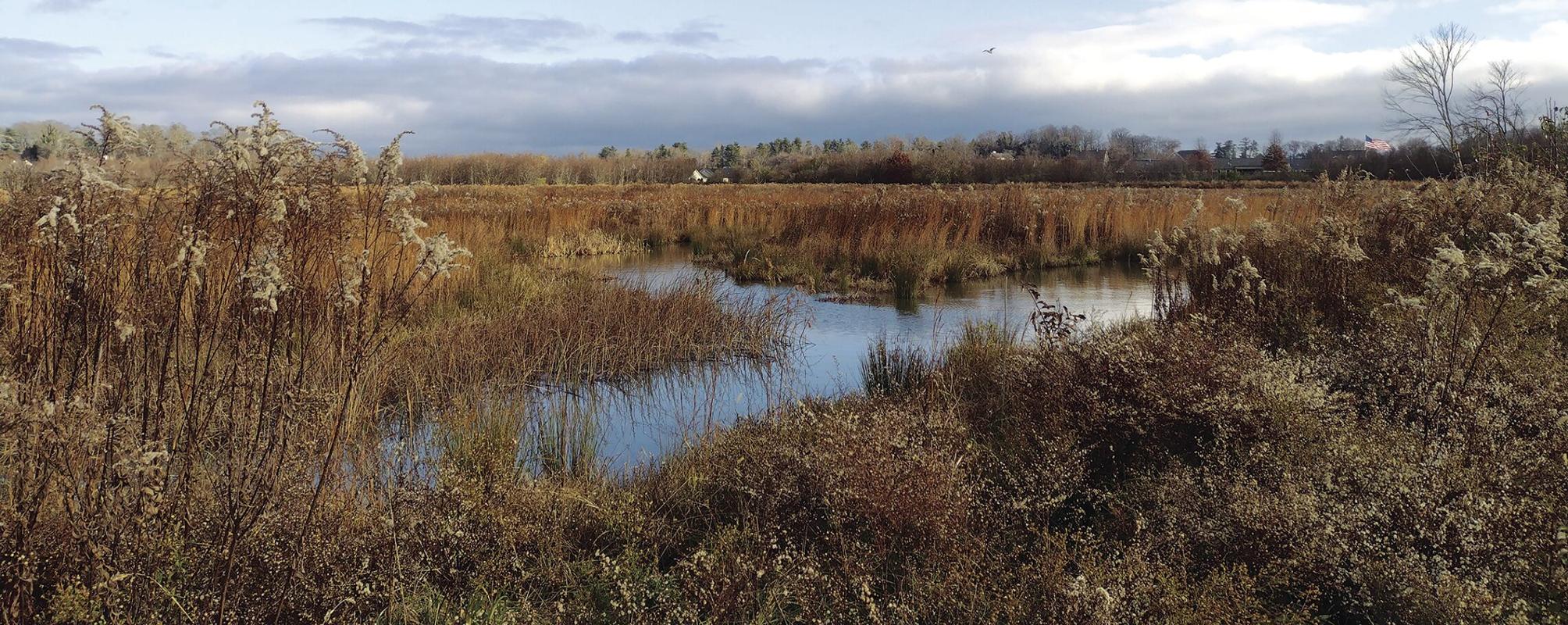Understanding Local Indigenous Cultural Landscapes

By Torry Nergart, Conservation Easement Manager
You may know that the Cherokee people once lived on land now called Transylvania County and that some still do. A series of treaties in the 1790s pushed the Cherokee west as settlers continued to encroach on this land and had the power of the U.S. military violently defend those encroachments. That cycle would repeat until the ultimate calamity of the Indian Removal Act in 1830, but one thing among many that has been nearly entirely lost in this tragedy is the traditional ecological knowledge and wisdom that allowed people to live in cooperation with their landscape, not against it. That wisdom and vision is still present on the land in forms of natural ecological communities defined by specific arrangements of plants, animals, soils, waters, rocks and all other life forms that have been stewarded and manipulated by indigenous peoples for centuries.
Indigenous cultural landscapes, as defined by the National Park Service which cooperates with tribal governments to accomplish land management goals, are “areas that reveal our relationship with place and strengthen our understanding of historic events, significant people and patterns in American history” and “are characteristic of the natural and cultural resources that supported American Indian lifeways and settlements.”
An example of part of an Indigenous cultural landscape would be a functioning floodplain. The land around a major river (say, the French Broad River) would not be diked, drained or ditched but rather connected to its river by wetlands. There would be shell middens, thickets in more fallow areas with plum trees, brushy areas for game animals to shelter and open areas to meet and land boats. Floodplain lands would support agriculture, but not in the sense we now see it. Instead of monocultures of domestic animal feed crops needing chemicals to survive, cultivated places would rotate in and out of production and native plants would be wild-crafted and poly-cultured. Those plants would provide not only food, but medicine, shelter, beauty, fire, art and games — all the things people need to live.
Over centuries the relationships between living things become so strong that those living things become interdependent. Continued interdependence leads to co-evolution and in just a comparatively short number of years this can now all be demolished. Most have, so we must look to restoration of the landscape since preservation is largely not an available option. How to do so must involve those keepers of traditional ecological knowledge — a strategy that can work at most any scale. Any local government, any HOA Board, any unit of land managers (no matter the size) can apply these lessons of stewardship. Progress, no matter how clunky on the part of the land manager, may arrive at the ecosystem’s restoration in cooperation with the original stewards of this land. Consider how the National Park Service is working with Cherokee tribal government to not just “allow” traditional gathering practices of sochan (green shining coneflower), but also cooperate on the stewardship of those foraging resources. Land management plans are now being written for and with the Cherokee people to restore many species of plants like ramps, river cane and white oak.
At Conserving Carolina’s restoration sites in Mud Creek and Pleasant Grove, Cherokee artisans are able to access traditional art resources like blue clay and river cane lending the knowledge to care for them because any good land management should include reciprocity. That’s the key to creating abundance: recognizing the gifts you’ve been granted, sharing them round and caring for everyone who understands this relationship. No one can truly “own” land; it is only ever borrowed from future generations.